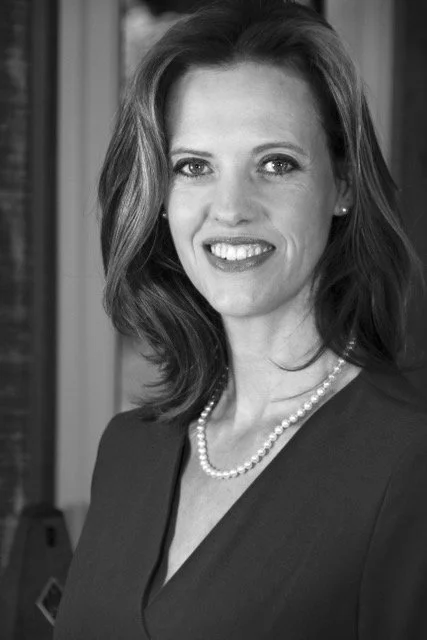About Cranial Osteopathy
What is Cranial Osteopathy?
Cranial Osteopathy is a subtle form of osteopathic treatment that uses very gentle pressure to encourage the release of stresses throughout the body. It is called 'cranial' because treatment often involves the head, although other parts of the body such as the spine and tailbone can also be involved.
A cranial osteopath can feel the very small fluctuations of movement within the body called involuntary motion. To the osteopath, this feels like a gentle expansion and contraction of all the tissues, occurring 7 – 14 times a minute. This involuntary motion can be easily disturbed by any form of trauma, such as a difficult birth, a car accident, knocks and falls and general illness. Gradually the body may accumulate these strains to the point that symptoms start to show.
Cranial Osteopathy is suitable for all ages and many conditions. As it is an extremely gentle treatment it is even suitable for newborn babies and the very elderly.
Most of us have been exposed to physical trauma at some stage in our life. The body may have coped well at first, but occasionally a lasting strain remains. Gradually the accumulation of strains may start to show. Mechanical problems can lead not only to aches and pains in joints and muscles, but also disturbances in the internal organs and the way they work.
In adults it maybe used in the treatment of a variety of problems including head and face pain, stress, malaise, fatigue and general ill health. In babies it is especially effective for treating the effects of a difficult birth, irritability, feeding difficulties and disturbed sleep patterns. Some families bring their new baby in for a newborn check after the birth.
In a research study conducted by Clive Hayden into the effects of cranial osteopathic treatment on babies, some parents perceived the following changes in their children's behaviour: Reduced colicky crying, improved sleep, less unsettled irritable behaviour and increased quiet happy spells.
Visit www.cranial.org.uk for more information from the Sutherland Society.





































